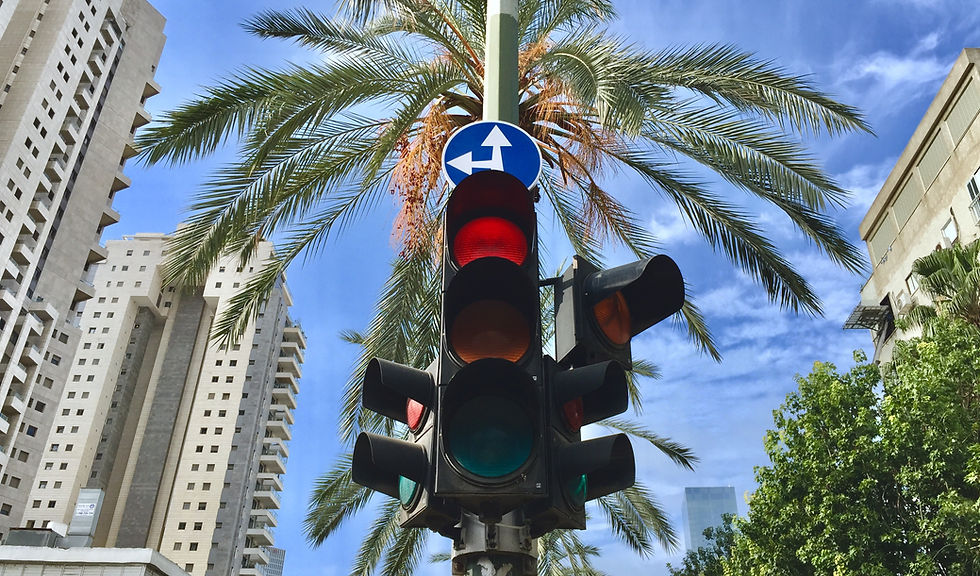Why Red 🚥Became the Color of Stop in Traffic Lights?
- HappyNass
- Oct 31, 2023
- 2 min read

The idea that red means stop and green means go affects more than just traffic light colors and red light cameras. We have been taught from a young age that red means danger, while green means safety. But why were those particular colors chosen for traffic lights in the first place?Why was red chosen for stop?
Red is the color with the longest wavelength; that means that as it travels through air molecules, it gets diffused less than other colors, so it can be seen from a greater distance. For a real-world example, think about how the light turns red as the sun sets. Even though the human eye is most sensitive to a yellow-green highlighter color (hence the shade of high-visibility safety vests), it can see red from further away.
It’s important to know that before there were traffic lights for cars, there were traffic signals for trains. At first, railroad companies used red to mean stop, white to mean go and green to mean caution.
As you can probably imagine, train conductors ran into a few problems with the color white meaning go—bright white could easily be mistaken for stars at night, with train conductors thinking they were all clear when they really weren’t. Railway companies eventually moved to the color green for go.
Yellow has a shorter wavelength than red but a longer wavelength than green. This means that red is visible the furthest away, yellow in the middle and green the least distance away—a helpful advanced warning for needing to slow or stop. But this could be a coincidence. Red meaning stop originated with train warning lights, and it’s not clear whether that was chosen based on wavelength, contrast against green nature or natural association of red with things like blood. It could be a combination of all three! Speaking of colors, read on to find out why this is the world’s ugliest color.
Believe it or not, yellow was once used to mean stop, at least as far as signage goes. Back in the 1900s, some stop signs were yellow because it was too hard to see a red sign in a poorly lit area. Eventually, highly reflective materials were developed, and red stop signs were born. Since yellow can be seen well at all times of the day, school zones, some traffic signs and school buses continue to be painted the color. Keep these safe driving tips in the back of your mind whenever you see a yellow light.
Next time you’re impatiently waiting at a traffic light, don’t get mad; employ these driving etiquette rules and know that traffic lights have certainly come a long way.
Source Reader Digest https://www.rd.com/article/traffic-lights/
Comentarios